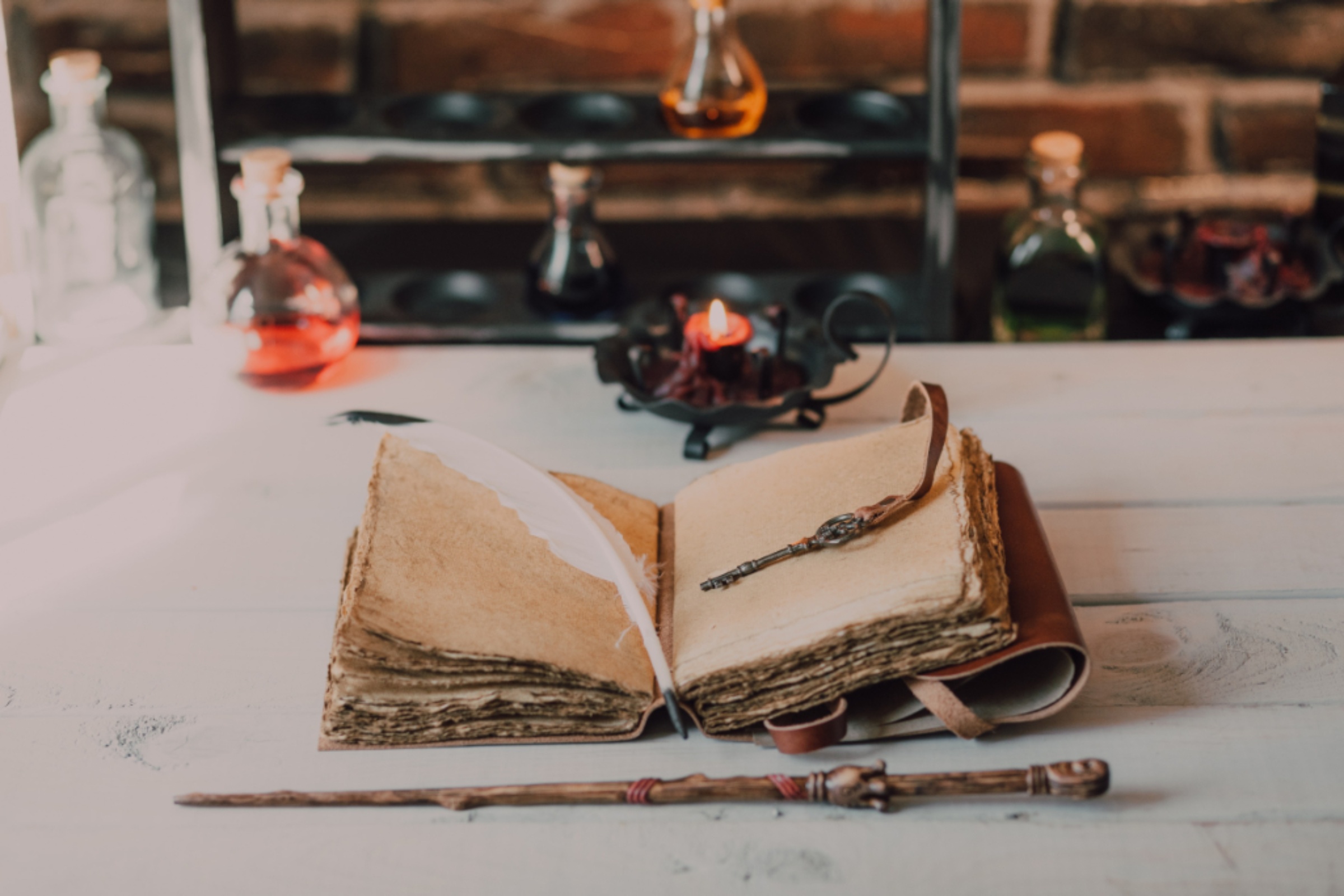Magic: Is it “the gathering”? Is it real? Is it really what makes people fall in love?
We may never know… But what we do know is that it’s one of the main reasons we love fantasy.
Whether you’re constructing a new magic system, interested in expanding the magic that flows through the minutia of your fantasy world, or filling out your story with interesting characters, exploring different types of magic users will improve your fantasy story.
We’ve already talked about soft magic and hard magic, which you can view here if you’d like.
In this article, we’ll look at a few things in regards to types of magic users:
1. Levels of Competency
2. Races and Magic
3. Different types of magic
After reading, you should have the knowledge you need to craft compelling stories that explore the ramifications of a magical fantasy world.
Levels of Competency

Defining your magic users by their competency level is one of the simplest distinguishers in fantasy.
Before delving into magical creatures, witches, or forms of elemental magic, populating your world with magic users of various skill level will breathe life into the world and give your character some goals.
If every magician in your world can use magic like a professional sorcerer, then your story will suffer.
Magic should be a skill, one that takes work to understand and one that requires some sort of cost.
Just like real life, some people have propensities towards excellence in any skill, while others need to work their butt off to even master the basics.
If magic use were like running in our world, not everyone would use magic (I hate running, so in this instance I would avoid magic with vehement effort).
I don’t only say this to make your magic more “realistic”, but having this sort of variety will enable conflict to run more freely through your story.
Fantasy fiction, like all forms of literature, has tropes. Having been built on mythologies and the innate human desire for the supernatural, fantasy has centuries and even millennia of stories that come together to form tropes.
Now, just because the tropes exist doesn’t mean you have to use them. Learning about them can help you understand the expectations of your readers and join the conversation that has been bouncing around and cascading through time.
Let’s look at three fantasy tropes that deal with different types of magic users, specifically levels of competency:
i. The Wizard
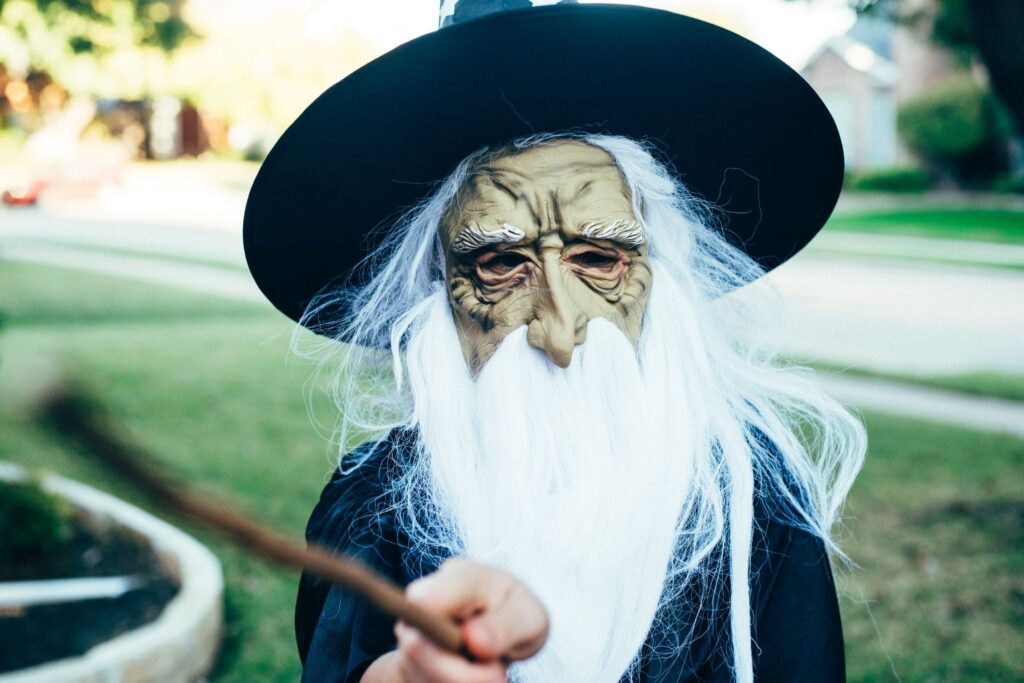
Think of Merlin, Gandalf, and Dumbledore. What do all these wizards have in common?
A white beard. That means it’s your duty to include a powerful witch or wizard with an impressive, cloudy beard who has the ability to shift the tides of war and the balance of the planet.
Just kidding.
The beard is not required.
That being said, the Wizard trope plays the role of showing the magic’s capability in its fullest form. These characters typically align with the lawful-good from the DnD chart.
As a magic user, they intervene only when necessary and understand the impact their magic and actions have on the world around them.
You don’t need to include an actual grandmaster wizard in your story, but showing the extent of your magic’s ability will help the reader understand the boundaries of the magic system (whether it’s a hard or soft magic system).
We can consider the wizard type a paragon of magical power.
We find a non-bearded example of this paragon in The Poppy War.
Altan Trengsin represents ultimate power to the main character in the novel, Rin. Though they’re similar in age (which shows that the wizard doesn’t need to be old), Rin views Altan as the most capable magic user she can imagine.
Sure, there’s a more traditional wizard character, but we only see his magic once. Altan is meant to show the boundaries of the magic system.
Oftentimes, this character type will represent the ultimate goal of the main character (though there’s more to that which we’ll explore in number 3).
But you needn’t have only one Wizard/Paragon type. Even in The Lord of the Rings, Gandalf isn’t the only wizard. Alongside the various other wizards, we see Lady Galadriel and Lord Elrond as Paragons.
While the main character doesn’t explore his own magic abilities very thoroughly, having these different paragons adds levels and textures to Middle Earth and its magic.
ii. The Dark Lord

Where the Paragon often represents the ultimate skill of a sorcerer who is generally righteously motivated, lots of fantasy presents readers with a Dark Lord.
The Dark Lord trope takes the form of characters like Sauron, Voldemort, Emperor Palpatine, and the Lord Ruler.
This character type functions much like the paragon–showing the extent of a supernatural power–except they distort the power and use it for villainy.
Let’s look at Voldemort because he’s the simplest of the Dark Lords.
As a young wizard, Tom Riddle excelled in his studies, going above and beyond to seek out new spells to understand the magical world.
What began as curiosity mixed with his young racism and bred a dark lord who killed without remorse and desired racial cleansing.
By having a Dark Lord type in your story, you can easily create a villain and show how sinister beings can misuse your world’s magic system.
Just like with every other trope in existence, you don’t have to follow it to a t, or even any other letter remotely related.
You don’t need to constrain this magic user to a single entity; you can show corruption in many ways. Maybe rather than a single person, the magic itself corrupts its users. Maybe the magic somehow spills into nature and mixes with some primordial force, causing an evil deviation.
Whatever the case, having magic users who misuse, abuse, or pervert the magic system can add some variety that you can explore, while also ushering in some valuable conflict for your overall story.
iii. The Chosen One
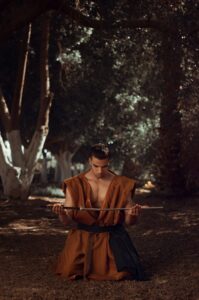
The Chosen One trope has been played out thousands of times, but we know it most clearly from Star Wars, Harry Potter, and King Arthur.
Rather than exploring the trope in depth, we’re interested in how this Chosen One develops themself into a magic user.
Oftentimes, the Chosen One will be your main character (though writing a story from the point of view of the Chosen One’s friend or acquaintance could make for an interesting plot).
The Chosen One trope fascinates a magic-hungry audience because we get to pretend we’re the ones learning the magic. We, like Harry Potter, are thrust into an unknown world of magic and wonder.
We watch a character go from marginal knowledge of the subject to rivaling the Wizard and Dark Lord (or more exciting, surpass their skill level).
Having a beginning magic user is one of the best ways to flesh out the ins and outs of how your magics works.
If you’ve decided on a hard magic system, having a beginner will let the reader learn alongside them the rules of the magic. Brandon Sanderson’s Mistborn provides this teaching exceptionally well.
Kelsier, the master in this circumstance, teaches Vin how to go about mastering what she formerly understood as a supernatural power. She knew she had some sort of specialty and could perform the magic in a soft way.
Her teacher offered the hard and fast rules, and we as readers learned alongside her. We took in the instructions and could imagine the boundaries he expressed.
I found myself pondering how the magic could work when I took breaks from reading. I found myself sweeping a restaurant floor imagining different ways I could use the magic to accomplish the menial tasks of table waiting.
The Chosen One in the story then felt more important to me. I wanted to keep reading to find out more about the magic system and to see if Vin would use the magic in any of the ways I had imagined. (Vin doesn’t use her Mistborn abilities to sweep floors by the way.)
As previously mentioned, having a Chosen One magic user works so well because the audience gets to experience the power escalation.
Being the Chosen One, odds are this person has a special connection with the magic that helps them advance quickly.
I always love reading characters who can take a rudimentary system and think outside the box to improve their skills. Kvothe from The Name of the Wind explores this learning style.
This novel receives some criticism because of how competent Kvothe is, but I find that he still runs into challenges while learning, but those challenges come from his ravenous desire to learn and an endearing amount of pride.
Rather than getting stuck on something simple, Kvothe finds himself many steps ahead of where he should be then has to tackle the wall he finds.
This conflict intrigued me as a reader. I wanted to know how fast he could figure things out, what would stop him, and how he would go about breaking the rules.
This type of magic user is one of the best ways to get your audience on board and excited. They learn with the character and get to experience the wonder alongside someone else.
You can also have multiple Chosen Ones and have one take the path of the Wizard and the other the path of the Dark Lord to further explore the ramifications of magic and morality. The Inheritance Cycle begins to tackle this idea (though it definitely could have been further explored. You should give it a shot).
Races and Magic
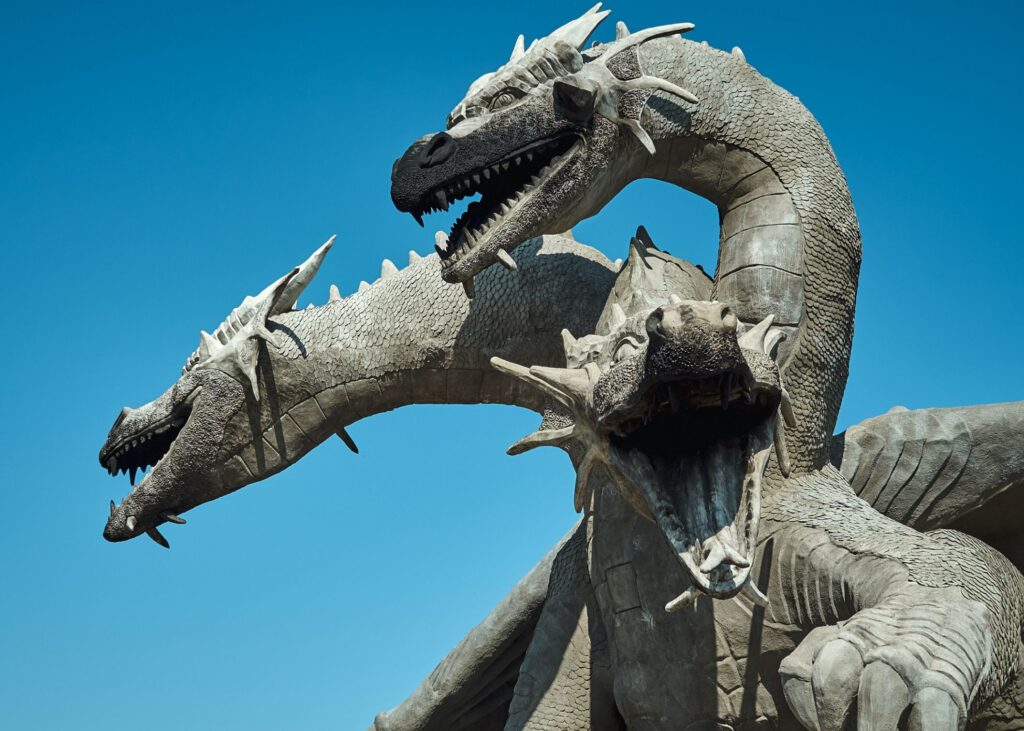
Do you want to know the fastest way to make a fantasy book?
Include a dragon.
Dragons represent everything impactful and dreamlike about fantasy. They are a powerful race of beings that don’t exist in our world. They’re dangerous, cunning, and leave lasting impressions.
They also breathe fire.
For us humid-breathed humans, that’s magic. Whether it’s witchcraft, elemental magic, or something else doesn’t matter because it’s so foreign to us and the creatures of our reality.
Filling your world with fantastical races who wield mystical sorcery is a completely viable way to expand your magic users and immerse your readers in another world.
Having various races with different types of magic adds texture to your story and can give you some incredible pieces to form and resolve conflict.
Let’s look at the Lord of the Rings. Humanity finds itself magically incapable betwixt the powerful elves, balrogs, wizards, ents and much more.
Being humans ourselves, we automatically seem to side with other humans, but we get to explore a magical world as we read about elves and wizards. We’re amazed at the types of magic users Middle Earth has to offer.
We see humanity struggle (but ultimately succeed) in finding ways to compete on the “world stage” when faced with sorcery and magic items.
This mix of magic users and non-magic users sets up an immediate conflict. How are humans supposed to gain power when supernatural forces can toy with them on a whim?
Magical races do more than offer conflict for non-magic users. Like painting with contrasting colors, having lots of races in the mix can be extremely exciting.
That’s why we like seeing wizards take on dragons.
We want to see the clash of titans and gods. Something primal in us has always wondered what happens when an unstoppable force meets an immovable object. We crave sparks, fire, and spectacle.
Having magical races in your story can satisfy that innate desire. After all, the main conflict in The Lord of the Rings isn’t humans versus magic, it’s the magic of Sauron against the magic of the rest of the world.
You don’t have to stick to the usual fantastical creatures though. Sure, elves and dragons carry a weight in the genre that probably won’t be topped, but authors like Brandon Sanderson and Sarah J. Maas show us that there’s still plenty to explore in terms of magic races.
But how do you come up with these creatures/beings?
The process will look different for everyone, but one of the best places to start is with mythology.
Exploring mythological creatures can give you plenty of ideas of powerful beings that can terrify you or uplift you.
One of the joys of writing in fantasy is that you can let your imagination run wild. Maybe you’re exploring different mythologies and you come across the South African “Grootslang” and you can’t believe something so horrifying can exist.
Then you start to think, “Well, what if that was real?”
This “what if” game is one of the best ways to come up with mythical creatures. You can start to wonder how humanity would deal with something like that? How could a person fight such a monstrosity?
When you’ve started to explore these things and asked plenty of questions, you should be in a spot where your creatures feel like a force in the world.
You have a world where magic exists and other magic fights back against it. Having this type of magic user is a great form of worldbuilding that will entrance your reader and give them plenty to explore and ponder.
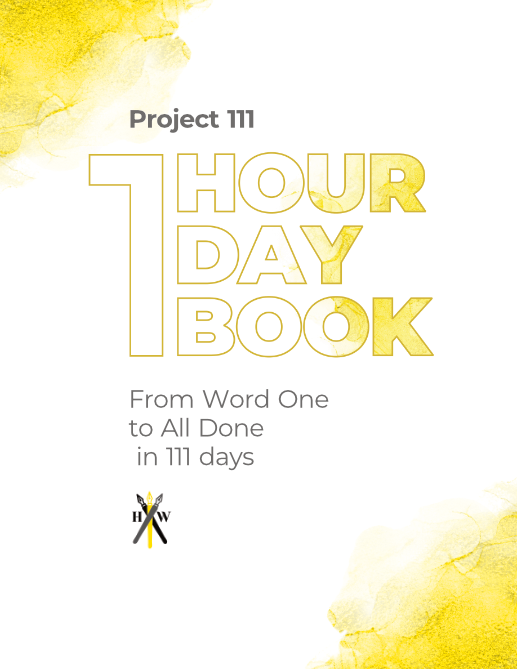
Our 84-page book planner and 111 day writing course.
Different Types of Magic
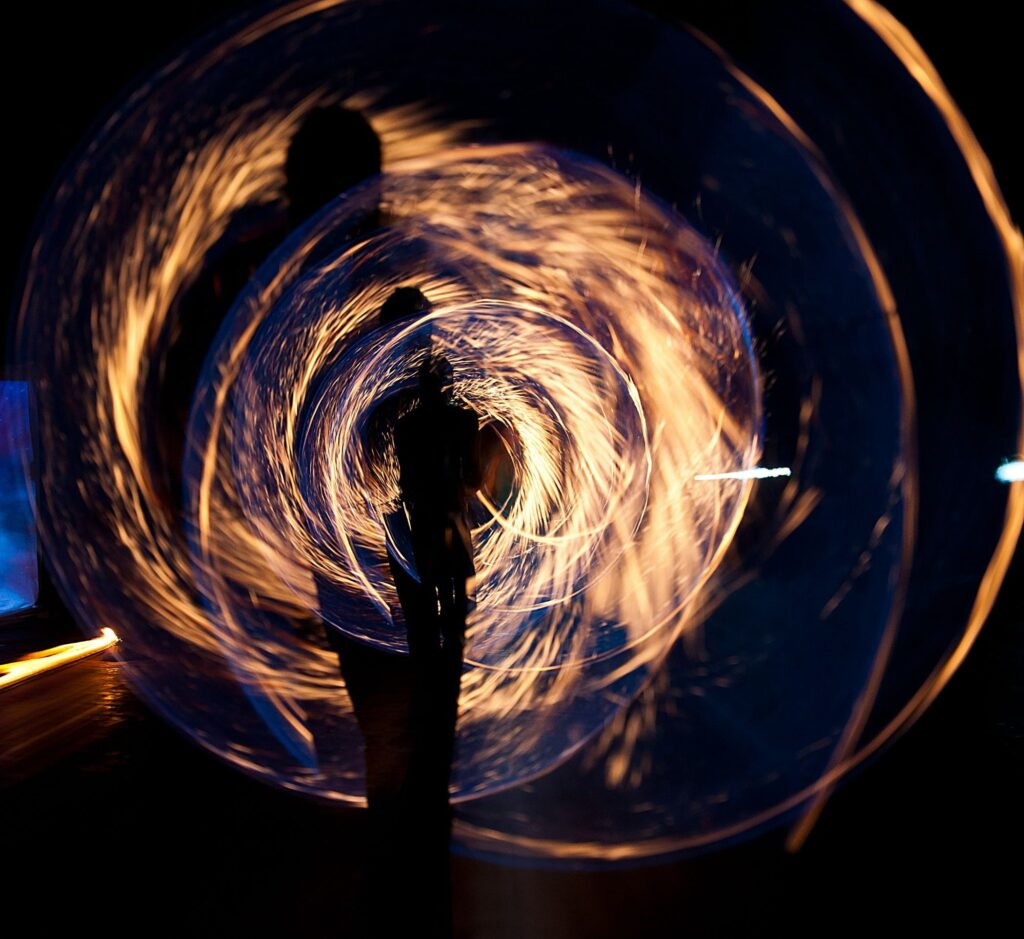
Why stop at one type of magic?
If you want to have different types of magic users, one of the fastest ways to accomplish that is to have different types of magic.
This method of including magic in novels has a lot of popularity in fantasy right now. Brandon Sanderson does this in almost every novel. Joe Abercrombie’s First Law trilogy touches on multiple magic types. George R. R. Martin loves to have a variety of magics. Patrick Rothfuss first introduced two types of magic until he opened up a flood of other magic.
If a form of magic exists, why shouldn’t many more find their way into your fantasy world?
People don’t read fantasy because they want a story grounded in our physical reality. Fantasy offers escape into realms where anything could happen.
So how do you do it? How can you create multiple forms of magic?
(First you could read this article.)
Stepping outside literature, let’s examine Dark Souls as an example.
As a video game, the Dark Souls trilogy lets you become the one wielding the magic. Throughout the series the spells change, but your access to magic remains constant.
As you progress through the game, you level up your stats in order to cast two main types of spells: sorceries and miracles. The sorceries typically rely on the intelligence stat, and the miracles rely on faith.
The higher your intelligence, the more access you have to powerful spells. The higher your faith, the more powerful the miracle.
These two types of spells seem like a binary, but the games also give you variations on the theme. For sorceries, you have soul magic, crystal magic, dark magic, and more.
Miracles have a similar variety with healing spells, lightning miracles, force miracles, and more.
But the game goes even further. Rather than solely focusing on intelligence or faith, a third grouping (with its own variations) comes in the form of pyromancy. Requiring both faith and intelligence, pyromancies have powerful abilities that the others can’t have on their own.
These are just the types of magic the player can access in Dark Souls (in addition to magical weapons and items). Bosses, creatures, and individuals use magic that you never get the chance to try out.
Dark Souls offers the “opposites” approach to magic types. You have two seemingly opposite spell types: faith and intelligence.
These magics feel distinct because they’re built on opposing forces. The intelligence spells come from an entirely different place than the faith-based ones, but they are equally as powerful.
At some point, you should think of what it would like to mix the two sources. When you find that out, you have three magic types readily available to you with a pretty good idea what kinds of people (or races) would use the magic.
When it comes down to it though, one of the best ways to form a magic system is to use the “cool factor”. All you have to do is let your imagination run wild then choose the coolest thing you can think of.
From there, you can decide how hard or soft the magic system will be (try this article). If it’s soft, you should write it mystically with some nebulous costs associated. If it’s hard, you have the difficult (but rewarding) path ahead where you have rigid costs associated with a performed magic.
Then, when you have it figured out, you can think of more magic types this way or you could try the “opposites” approach like Dark Souls.
Whatever you decide, don’t be afraid to experiment! Fantasy readers choose the genre knowing that magic is almost guaranteed. Including multiple types of magic will color your fantasy world and can help you decide the trajectory of your story.
Conclusion
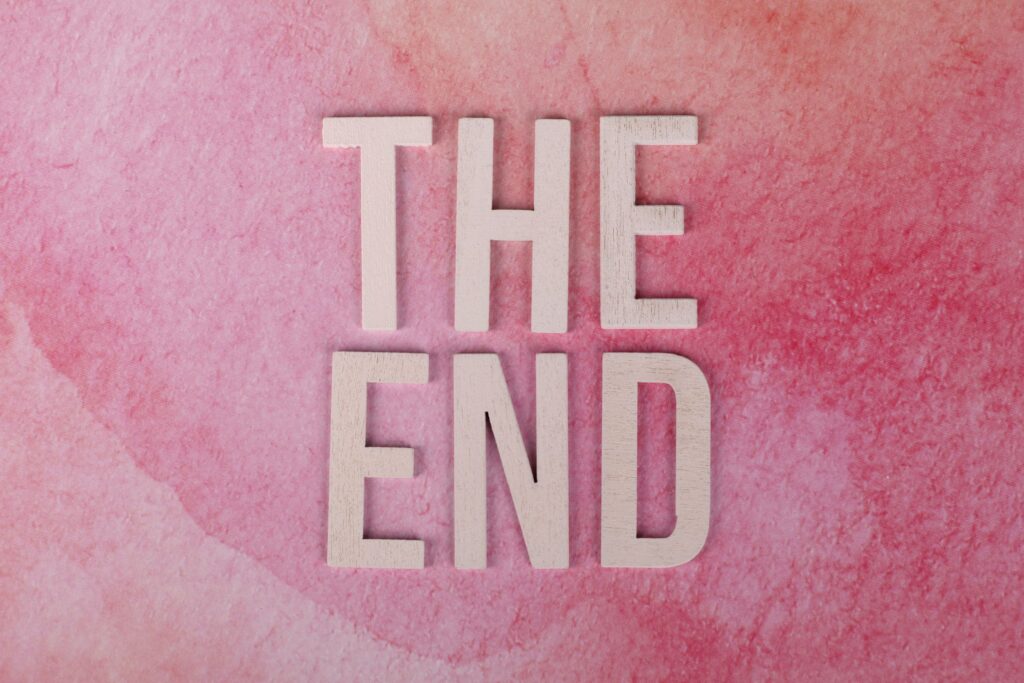
Fantasy fiction loves magic. As a fantasy author, odds are you’ve read a fantasy book or series with a type of magic you fell in love with.
There’s something about magic that makes our souls soar as readers. It satisfies something in our childhood brains that expected more from the world around us.
Whatever the reason, including different types of magic users will give your readers sustained interest in your worldbuilding and story.
We’ve discussed three possible ways of differentiating your magic users:
1. Levels of Competency
2. Races and Magic
3. Different types of magic
By having users with distinct levels of competency, you can build out the possibilities of your magic. The reader will enjoy seeing the magic at its peak, at its most evil, at the beginning stages, and everywhere in between.
A helpful way to examine competencies comes from the tropes of the Wizard, the Dark Lord, and the Chosen One. You don’t need to have these exact roles in your story, but they can scaffold your magic system and offer an engaging path through the magic for the reader.
Fantasy races present you with a quick way to include magic in your story while building your world. Elves, dragons, and more will fill your world with magic and can set up conflicts right away.
Faction-based conflict is pretty easy when the factions have competing interests, and when those factions have access to powerful magic, you’ve got some epic fantasy on your hands. These types of magic users can provide you and your readers with the ultimate spectacle.
Finally, including different types of magic will give you as many users as you need. Having multiple magic systems in your story will quickly make your world feel fantastical and exciting.
After you’ve formed one kind of magic you can take the Dark Souls approach and find opposites and middle grounds, or you can power through the original process you used to create your magical world.
Whatever you end up using, make sure it’s cool. After all, boring magic is just chemistry.
Let your fantasy readers’ imaginations run wild! If you give them different types of magic users, they’ll have plenty of pieces to keep their mind occupied and their eyes glued to the page.
Congrats on making it to the end of this article! If you found this article helpful, you’ll love the other ones we have on the Habit Writing blog.
gavinwride
Gavin is a fantasy author, short story enthusiast, and nature lover. When he’s not reading, writing, or exploring the outdoors, he is likely playing games. His board game collection is probably too big for someone living in a small apartment, and he has enough yet-to-be-played video games to fill a lifetime. His favorite book is "The Name of the Wind". His favorite author is Edward Abbey. His favorite game is "Dark Souls III", and he’d be more than happy to spend the day talking about lore, bosses, and game mechanics.
Our 84-page book planner and 111 day writing course.


